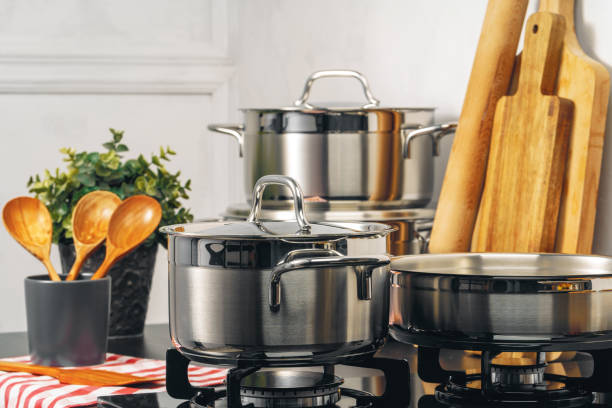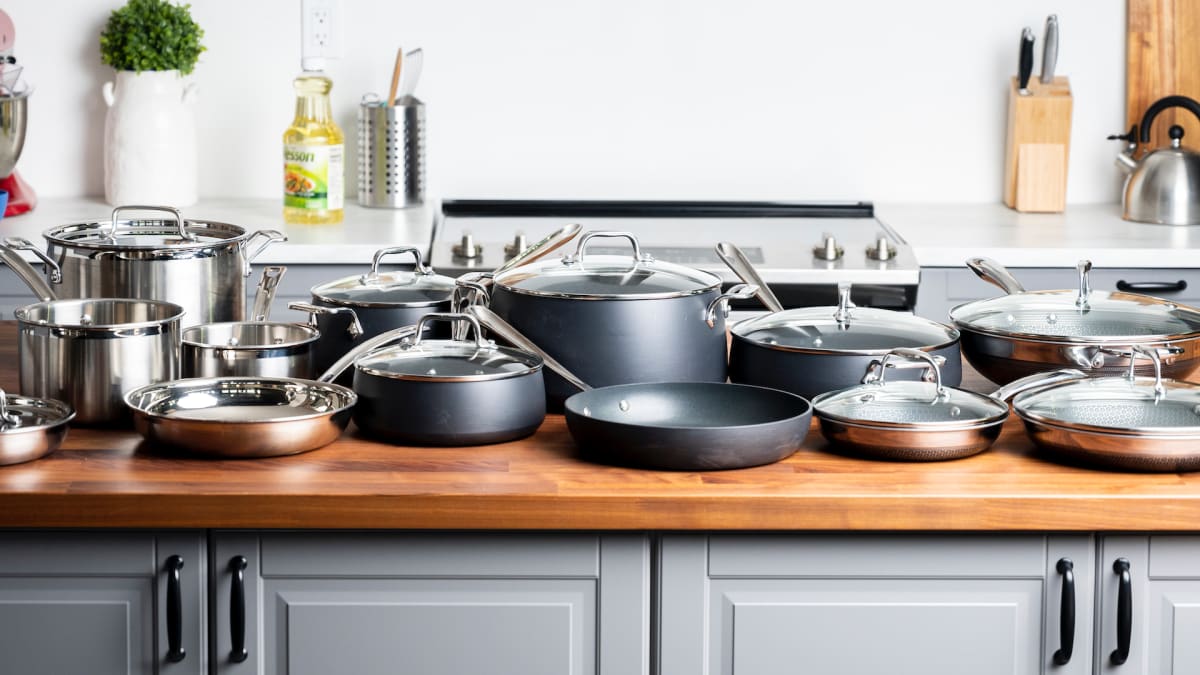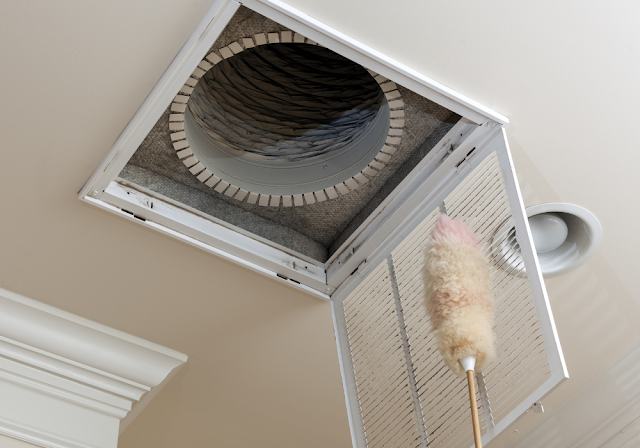5 Tips for Choosing the Perfect Pot and pans for Your Kitchen
If you're looking to build a better kitchen, there are a few things you can do to help out. First, ensure the pan is large enough to cook large meals evenly. Second, choose a pot with heat distribution that allows you to cook food evenly without over-cooking or undercooking. Third, get a pot with a tight-fitting lid to help prevent spills. Fourth, make sure the pot is easy to clean using a removable dishwasher-safe base. Let's discuss in-depth:
Here are five tips for making the best decision.
Many people have their favorite pots and pans that they use daily in their kitchen. Whether it's a certain brand of pot or pans you love, you want to ensure that you're getting the best value for your money. While having the most expensive things may seem great at first, over time, they'll begin to get worn out and require replacement. So if you're looking for good value right now, consider these five tips!
1. Quality materials
First off, look for quality material. You don't want cheap stuff, especially if you're using it daily. Look for solid stainless steel, where possible, rather than aluminum, because it won't rust and will last longer. Aluminum tends to start to show wear after just six months of usage.
Other metals that work well are high-quality cast iron and enameled cast iron. Enameled cast iron doesn't chip easily and has a nice finish while still durable enough to withstand heavy usage. However, since enameled cast iron isn't as resistant to scratches, it makes sense not to put any abrasive cleaning products near it.
Cast iron is only suitable for stovetops, though, due to its weight and size. If you need something smaller and lighter, ceramic cookware might be perfect for your situation. Ceramics is incredibly versatile and comes in many different sizes. One thing about ceramics, however, is that they tend to be heavier than other options, which means that they will take longer to heat up and cool down.
But if you plan on cooking often in a small area, it shouldn't be much of a problem. Lastly, Glass is probably the best option if you want to avoid metal altogether. Glass is extremely lightweight, strong, and shatterproof, making it ideal for everyday use. It is easier to clean, so it might be worth considering keeping a few nonstick pans around in case you need to do some dishes.
2. Durability
Next, check to make sure that the pan and pot you choose is sturdy enough for your lifestyle. In general, normal wear and tear won't affect stainless steel and cast iron. Cast iron should never go anywhere without oiling, but you should expect it to rust and discolor over time. When selecting copper, pick pans that aren't soldered together.
Image Source: https://www.reviewed.com/
A solder is a copper oxide that bonds two pieces of metal together. Over time, it can leach into food and give off toxic fumes. If you purchase copper cookware, it's important to buy pans that haven't been welded together. Copper contains a higher amount of lead, which can cause brain damage in children. There are even cases of babies dying from lead poisoning.Stainless steel is pretty indestructible, although it reacts with acidic foods like tomatoes, lemon juice, vinegar, etc. So care should be taken when preparing acidic foods. If you live somewhere cold, you should also purchase silicone pans.
Silicone is much easier to maintain and is nonreactive. It doesn't transfer flavor to foods, doesn't conduct heat, and doesn't retain odors. A downside to silica pans is that they are slightly thicker than others, which may not be desirable depending on what type of cookware you already own.
3. Capacity
When choosing a pot or pan, remember how much volume you will fill each day. Will you be boiling water? Roasting chicken? Making risotto? Picking vegetables for salads? How big do you think your family will be once you add kids? Are you working with a crowd of friends who want to share meals? These questions will help you determine what capacity you need.
4. Size
You should always measure your space before deciding on a specific size of pan or pot. Unless otherwise specified, I recommend selecting pans and pots based on the diameter of the largest piece of food (in inches) you plan on putting inside them. Remember that you also need room for air circulation underneath. For example, if you plan on roasting a whole turkey, you'd want to ensure plenty of room above it. Otherwise, you could end up with a soggy bird.
5. Cleaning
Finally, no matter what kind of cookware you decide on, it's essential to keep it clean. Make sure you wash your pans and pots thoroughly after every meal. Don't let grease sit in pans overnight. The grease heats up and will eventually burn onto the surface. And if you notice black spots forming, throw out whatever you cooked in those pans immediately. Black spots mean that bacteria have somehow gotten under your seasoning.
Bottom Line
In conclusion, choosing the right pot and pans for your kitchen is crucial. There are a variety of pots and pans available on the market, so be sure to research which would work best for your needs. The above tips will help you to choose the perfect pot and pan, including checking the size, shape, and material of the pot or pan and the price.



Comments
Post a Comment